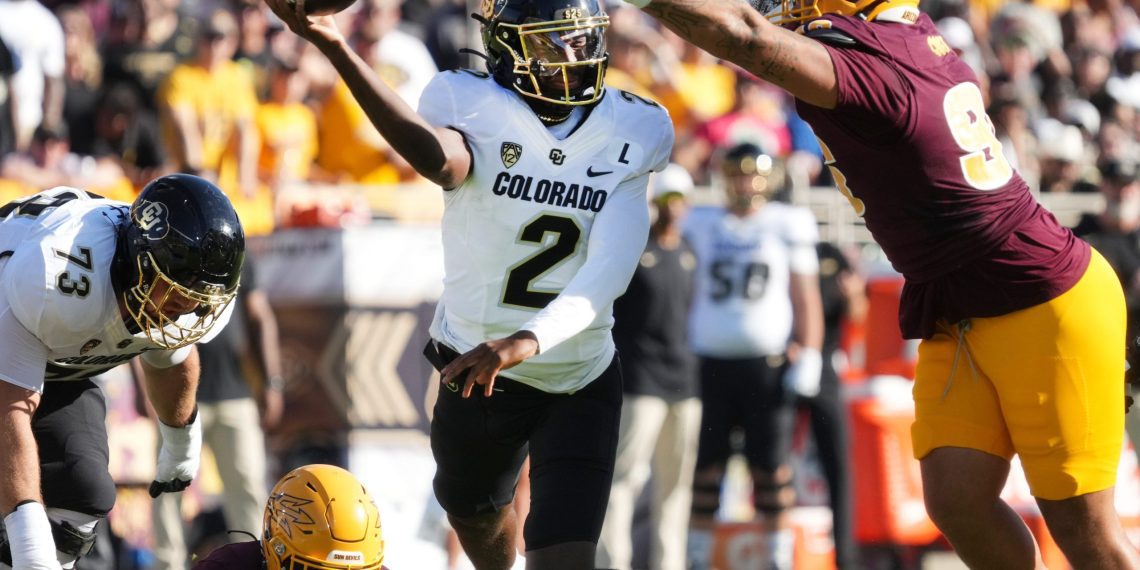Evaluating the Draft Landscape
The trade-off surrounding the No. 3 pick is a pivotal decision for the franchise. With a strong signal from recent quarterback signings, the organization possesses an established leader and a reliable backup. This setup suggests that the team may benefit from prioritizing the best player available, regardless of position, instead of immediately bolstering the quarterback slot with a prospect whose top-five ranking remains uncertain.
Balancing Immediate Talent and Future Potential
The organization faces a choice between securing a blue-chip prospect or strategizing for a future quarterback. High-caliber players at other positions, such as a standout receiver/cornerback or a dynamic edge rusher, present attractive alternatives. Alternatively, if the team opts to trade back, they could position themselves to obtain a promising quarterback later in the round. This approach, however, carries risks if the targeted quarterback’s stock continues to climb, potentially forcing another jump in the selection order.
Strategic Considerations and Alternative Paths
If the team decides to trade back, the ideal outcome would be the ability to extend into the later rounds for a quarterback who could develop into a long-term solution. There is also the possibility of taking a strategic flier later during the draft. This flexibility might allow them to secure a candidate from a later round who shows potential without the premium cost of an early selection. While moving up to secure a particular player is a possibility—even if it involves using future assets—it is essential to weigh that cost against the overall value of the pick in an environment where compensation picks may not be available.
Outlook on the Quarterback Class and Long-Term Vision
The current quarterback crop does not feature an abundance of elite blue-chip talent. This reality reinforces the notion that the team should leverage its early pick on the strongest overall candidate available rather than rushing into a quarterback selection. With a broader talent pool expected to emerge over the next few years, the organization’s immediate focus on a player who can contribute right away appears to be a rational move. This strategy aligns with an approach that builds on current strengths while preserving flexibility for future quarterback talent acquisition, reflecting a careful balance between immediate needs and long-term potential.









